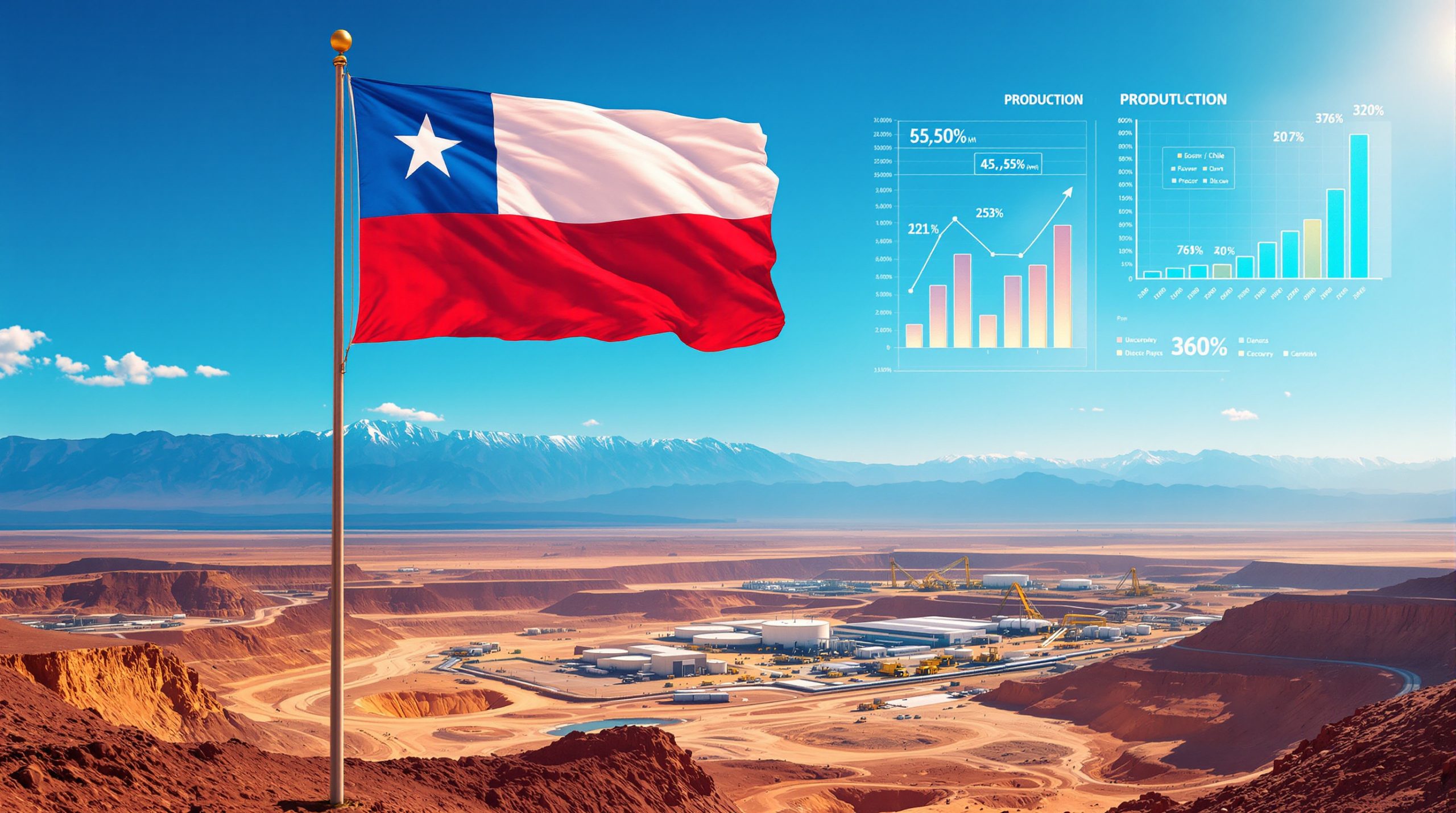Understanding the Unprecedented Scale of Official Gold Accumulation
Central bank gold buying has fundamentally transformed the approach to gold reserves worldwide, establishing accumulation patterns that represent the most aggressive institutional buying behaviour in modern monetary history. The September 2025 surge demonstrates this strategic pivot, with official sector purchases reaching 39 tonnes and marking a dramatic 79% month-over-month increase that far exceeded the 12-month average of 27 tonnes.
The third quarter of 2025 witnessed extraordinary momentum, as 220 tonnes of gold flowed into central bank vaults. This quarterly performance exceeded the five-year Q3 average by 6% and represented a substantial 28% increase from the previous quarter, signalling sustained institutional commitment despite record-high gold prices. Furthermore, the gold market performance throughout this period demonstrated remarkable resilience.
Record-Breaking Purchase Volumes Transform Market Dynamics
Year-to-date accumulation through 2025 reached 634 tonnes, establishing a pace that, whilst below the exceptional 2022-2024 levels, remains significantly above historical norms. The World Gold Council characterised this demand as "surprisingly resilient," noting that central banks continue strategic additions despite facing unprecedented price environments.
The magnitude of recent accumulation becomes clear when examined against historical baselines. Between 2010 and 2021, central banks averaged 473 tonnes annually in net purchases. However, 2022 shattered records with 1,136 tonnes of acquisitions, followed by sustained high-volume years of 1,051 tonnes in 2023 and 1,045 tonnes in 2024.
Additionally, this surge aligns with broader market trends where gold prices reach all-time highs continues to influence institutional buying strategies.
Historical Context Reveals Dramatic Policy Evolution
The 15-year consecutive expansion streak through 2024 represents an unprecedented period of institutional gold accumulation. This sustained buying pattern contrasts sharply with earlier decades and reflects a fundamental shift in monetary policy thinking that began accelerating significantly in 2022.
| Period | Annual Total | Growth vs. Baseline |
|---|---|---|
| 2010-2021 Average | 473 tonnes | Historical baseline |
| 2022 | 1,136 tonnes | +140% above baseline |
| 2023 | 1,051 tonnes | +122% above baseline |
| 2024 | 1,045 tonnes | +121% above baseline |
Which Nations Are Leading the Global Gold Accumulation Race?
Brazil Emerges as September's Dominant Purchaser
Brazil executed its most significant gold acquisition in four years, adding 15 tonnes in September 2025 to reach 145 tonnes in total official reserves. This marked the Brazilian central bank's first reported increase since 2021, signalling a strategic return to active accumulation after an extended pause period.
Kazakhstan Maintains Consistent Monthly Growth Strategy
The National Bank of Kazakhstan demonstrated remarkable persistence, completing its seventh consecutive month of gold purchases with an 8-tonne September addition. This consistency elevated Kazakhstan's holdings to 324 tonnes and established the nation as Q3's largest accumulator with 18 tonnes added during the quarter.
As a major gold-producing nation, Kazakhstan exemplifies the dual strategy employed by resource-rich countries: simultaneously exporting gold commercially whilst building strategic monetary reserves. This approach maximises both immediate economic benefits and long-term financial security.
Poland Reinforces Its Position as 2025's Leading Buyer
Despite pausing purchases since May, Poland maintains its status as the year's most aggressive accumulator, having increased reserves by 67 tonnes through 2025. The nation's current stockpile of 515 tonnes represents 24% of total reserves, positioning Poland well toward its ambitious target of 30% allocation.
The Polish central bank's systematic approach reflects deliberate multi-year planning. After achieving its previous 20% target earlier in 2025, officials announced the elevated 30% objective, demonstrating institutional confidence in sustained accumulation capabilities.
Guatemala Enters the Global Accumulation Trend
The Bank of Guatemala's 6-tonne September purchase represents a remarkable 91% increase in national holdings, bringing total reserves to 13 tonnes. This emerging market entry demonstrates how smaller economies increasingly recognise gold's strategic value within diversified reserve portfolios.
Turkey's Extended Commitment Pattern
Turkey's central bank maintained its remarkable consistency, adding 2 tonnes in September whilst extending its net purchase streak to 28 consecutive months since June 2023. This sustained commitment transcends political cycles and economic fluctuations, reflecting deep institutional conviction.
Czech Republic's Systematic Long-term Strategy
The Czech Central Bank achieved the longest consecutive accumulation period identified in current data, completing its 31st straight month of gold purchases with a 2-tonne September addition. Current holdings of 67 tonnes position the nation toward its stated goal of reaching 100 tonnes by 2028.
What Strategic Motivations Drive This Unprecedented Buying Behaviour?
Diversification Away from Dollar-Dominated Systems
Central bank gold buying reflects a broader "de-dollarisation" trend, as institutions seek assets immune to geopolitical pressures and sanctions regimes. According to central bank gold buying reports, diversification with "a reduction of U.S. assets" represents a primary driver of institutional gold demand.
Analysis suggests this narrative will persist until material shifts in geopolitical tensions occur. Current policy uncertainty and downgraded growth prospects in major economies create leverage opportunities for nations seeking monetary independence through gold accumulation.
Inflation Protection and Currency Stability
Gold's traditional role as an inflation hedge becomes particularly valuable during periods of monetary uncertainty. Central banks recognise gold's ability to maintain purchasing power across economic cycles, providing stability that fiat currencies cannot guarantee during inflationary environments. For instance, the historic 3000 surge explained demonstrates how gold responds to economic pressures.
Elimination of Counterparty Risk
Unlike bonds or bank deposits, physical gold eliminates counterparty risk entirely. This characteristic proves especially attractive to central banks seeking assets that cannot be frozen, sanctioned, or subjected to political interference during international disputes.
How Do Undisclosed Purchases Impact True Accumulation Levels?
China's Complex Official Reporting Structure
China's central bank reported modest increases averaging 1 tonne monthly through September 2025, with official holdings reaching over 2,300 tonnes. However, this represents only approximately 7% of China's total reserves, suggesting significant room for continued accumulation.
Research indicates potential discrepancies between official reporting and actual holdings. Independent analysis suggests Chinese monetary gold reserves may exceed 5,000 tonnes—more than double publicly disclosed amounts. This highlights the complexity of measuring true global central bank demand when major institutions conduct off-market transactions.
Off-Market Transaction Patterns
Many central banks conduct purchases through private channels to avoid market disruption and maintain strategic flexibility. These undisclosed transactions mean actual global accumulation likely exceeds reported figures significantly, creating data blind spots that mask the full extent of institutional demand.
What Market Impact Results from Sustained Institutional Demand?
Price Floor Establishment Through Systematic Buying
Central bank purchases create structural demand that establishes price floors whilst reducing gold's historical volatility. This institutional backing provides confidence for private investors and supports long-term price appreciation through consistent, predictable demand patterns. The complex stock market relationship also influences how these purchases affect broader market dynamics.
Supply-Demand Dynamics Intensify Competition
With central banks removing substantial quantities from available supply, private investors face reduced liquidity and increased competition for physical gold. Consequently, this dynamic supports premium pricing across all market segments whilst creating scarcity effects in wholesale markets.
Which Emerging Markets Show Growing Interest in Gold Reserves?
Regional Expansion Beyond Traditional Buyers
Guatemala's entry into active accumulation represents broader emerging market recognition of gold's strategic value. The 91% increase in holdings demonstrates how smaller economies can rapidly expand their monetary gold positions when policy priorities shift.
South Korea Considers Strategic Resumption
Bank of Korea officials recently indicated consideration of resuming gold purchases after a 12-year pause since 2013. With current holdings at 104 tonnes, any Korean buying would add significant new demand pressure to markets already strained by unprecedented central bank accumulation.
How Do Production-Based Economies Balance Buying and Selling?
Kazakhstan's Integrated Production Strategy
As approximately the world's 7th-9th largest gold producer, Kazakhstan demonstrates how resource-rich nations can simultaneously export gold commercially whilst building strategic reserves. This dual approach maximises both economic benefits from production sales and monetary security through reserve accumulation.
Uzbekistan's Tactical Reserve Management
Uzbekistan's 4-tonne September reduction illustrates periodic adjustment patterns common among producing nations. These tactical decisions reflect market conditions and fiscal requirements, creating temporary selling pressure that other central banks often absorb through their accumulation programmes.
What Future Trends Will Shape Central Bank Gold Strategies?
Survey Data Reveals Overwhelming Bullish Sentiment
World Gold Council research indicates extraordinary institutional confidence, with 95% of surveyed central banks expecting global gold reserves to increase over the next 12 months. Furthermore, data shows that central bank buying reached the highest levels, reinforcing market expectations. Additionally, 43% anticipate expanding their own holdings, whilst notably, zero respondents expect reserve declines.
Geopolitical Factors Support Continued Accumulation
Ongoing international tensions and trade uncertainties reinforce gold's appeal as a politically neutral asset. Central banks view gold accumulation as insurance against potential economic warfare, sanctions regimes, and multipolar monetary system evolution.
Technology and Monetary System Evolution
As central banks explore digital currencies and monetary innovations, gold's role may evolve beyond traditional reserve functions. Potential applications include backing mechanisms for digital currencies or stability anchors during monetary system transitions. Current gold forecast insights suggest these trends will continue shaping market dynamics.
Frequently Asked Questions About Central Bank Gold Buying
Why Don't All Central Banks Disclose Their Gold Purchases?
Many institutions prefer discretion to avoid market disruption and maintain strategic flexibility. Undisclosed purchases allow systematic accumulation without triggering speculative buying that could increase acquisition costs or reveal strategic positioning to competitors.
How Do Central Bank Purchases Differ from Private Investment?
Institutional buyers typically focus on long-term strategic objectives rather than short-term profit maximisation, creating more stable demand patterns. Their purchases often involve large quantities acquired gradually through specialised channels designed to minimise market impact.
What Role Does Gold Play in Modern Reserve Management?
Central banks collectively hold approximately 36,000 tonnes of monetary gold, representing roughly 20% of all historically mined gold. This substantial allocation demonstrates gold's continued monetary importance despite decades of fiat currency systems and evolving financial technologies.
Investment Considerations: The unprecedented scale of central bank gold buying creates unique market dynamics that individual investors should understand when developing precious metals strategies. Sustained institutional demand provides fundamental support for gold prices whilst potentially reducing available supply for private market participants.
Ready to Capitalise on the Gold Market's Unprecedented Momentum?
Discovery Alert's proprietary Discovery IQ model delivers real-time alerts on significant gold and mineral discoveries across the ASX, instantly empowering subscribers to identify actionable opportunities ahead of the broader market during this historic period of central bank accumulation. Begin your 30-day free trial today and secure your market-leading advantage whilst institutions continue their unprecedented gold buying spree.




